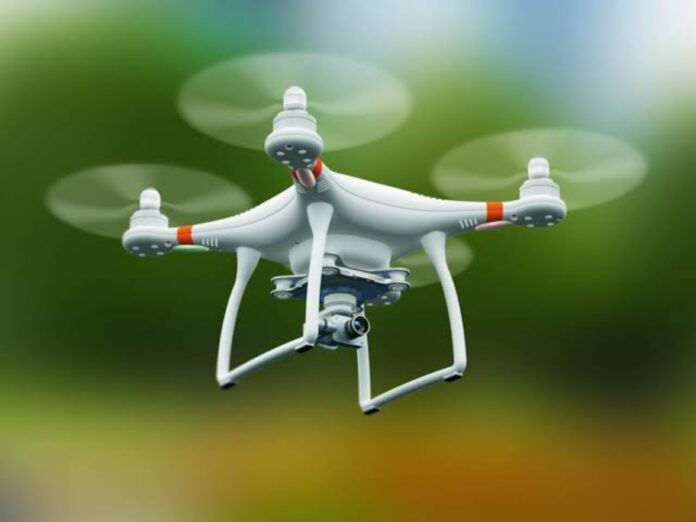The appetite for drones in the market has seen an unprecedented increase in recent years. In reality, the versatility of remote control and its durability in rugged terrain has tremendously increased the adoption of drone technology across categories such as eCommerce, agriculture, warfare, to name a few, which was unimaginable a decade ago.
According to the data available, the current global market value of drone technology is about $14 billion and is projected to rise to $43 billion by 2024. The main part of this development can be traced to its growing use in industrial deliveries. Currently, many drone start-ups companies in India concentrate on developing, producing, and offering a drone analytics platform. Some famous names include EDALL systems located in Bangalore and Skylark Drones and Atom Drones centered in Delhi.
Having said that, while drones have seen a major rise in the industry, there are concerns about stability, security, and privacy, where they have been actively vilified to be used to exploit their protection and privacy. There have also been incidents where criminals, drug traffickers, and terrorists have deployed drones.
In India, drone-related regulations were formed in 2018, just four years after a drone accident in Mumbai. The Director-General of Civil Aviation has written up a series of recommendations which are very slow to be enforced. However, the current pandemic situation required drones for several relief operations and, in this regard, the Ministry of Civil Aviation introduced the ‘Draft Unmanned Aircraft System Rules, 2020’ The Draft UAS rules, once adopted, will override the current drone regulations that were implemented by the DGCA in 2018. Drones have also been used to sanitize certain areas during the pandemic.
On the cloud side, drones incorporated with cloud platforms are much smarter than conventional ones. Traditionally, data is distributed along with all multiple services or spreadsheets that are hard to manage or share with other staff. Drones come with data problems, and the cloud can have a centralized database for all data when assimilated with drone fleets.
The present situation is that drones can track and identify objects by edge computing. It can, for example, identify issues in farms and warn farmers. However, cloud computing powered drones will synthesize and process information when airborne, contributing to smart and better performance. Drones can harness the cloud’s capacity to learn and execute better.
The use of artificial intelligence is growing through segments and plays a major role in drone technologies as well. At present, we are on the verge of introduction to a drone that is efficient to execute tasks and relay information to a drone operator to make informed judgments without the need for human interference. AI strives to make the most effective use of massive data sets, such as aerial photographs, as streamlined and smooth as possible. The high degree of automation of data collection and data processing would open room for drones to show their full potential. This can be done by a mixture of machine learning, deep learning and motion planning, and machine perception.
One of the key problems currently facing drones is restricted payload capability and flight endurance, along with its legal and clearance concerns for mass deployment. At present, drones can only fly around 15-30 minutes before it needs recharging or switching batteries, which can be improved by advanced techniques.
There is a range of courses, workshops, and certifications required to become a certified drone pilot. These courses will include hands-on guidance on UAVs / drones, fundamentals of drone data collection, awareness of federal drone regulations, etc. Presently, there are not many certified drone institutes in India, apart from the Indian Drone Institute, headquartered in Chennai, where they are based.
Drone technology has begun to develop a new range of jobs in diverse sectors. If properly leveraged, this can be a perfect way to develop multidisciplinary norms and procedures. It’s always been a challenge to get the micro-details of some sectors, but with drones, they are being addressed to a lot of extents. It also requires a clear career plan for young professionals, which will generate a new variety of jobs. Also, emerging developers and inventors in drone production or drone technology service areas should be well funded by the government and the investment community.

